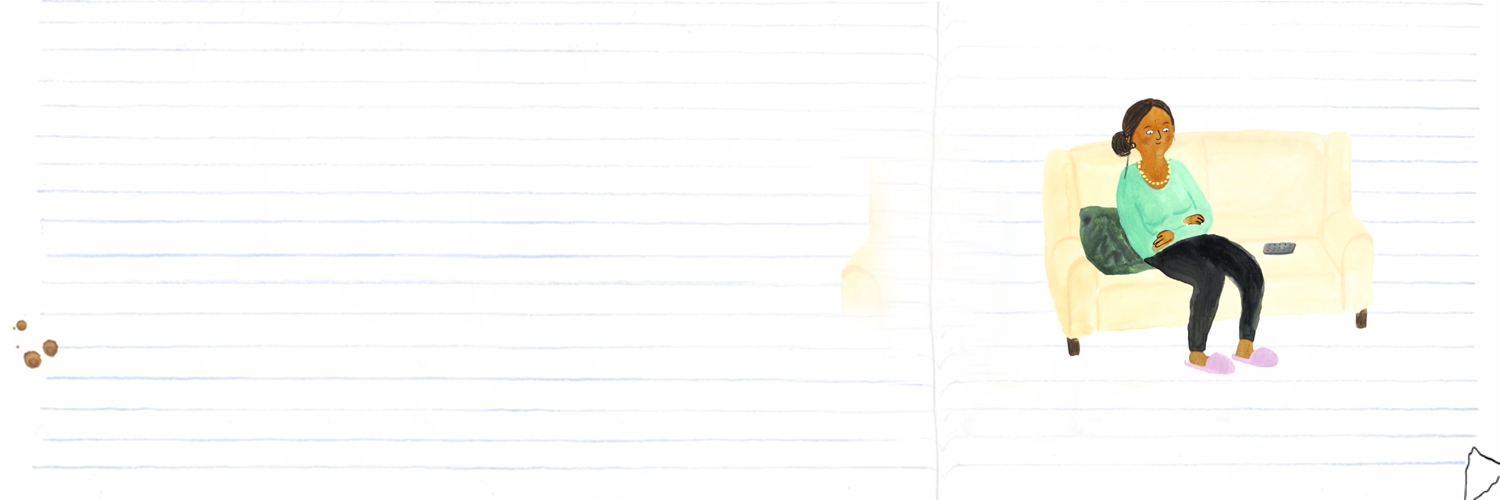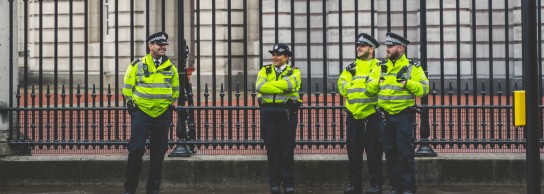Find out more about The Open University’s Social work qualifications.
Child criminal exploitation takes a variety of forms and there is confusion about what it encompasses – for instance, does it include children as well as young people?
In short, it does, because in law children are defined as all those under 18 years of age. The concern about child criminal exploitation relates to those children who have been groomed, or led and exploited into criminal activity by adults. Examples could involve:
- Selling or transporting drugs, weapons, or money around towns and between towns (often across county lines)
- Being forced to shoplift or pickpocket
- Sexually exploiting/exploited young people
- Threatening or intimidating other young people, just because of a perceived difference due to heritage or sexuality
- Recruiting the child into terrorist or radicalised activities
Increasingly we are becoming aware of the exploitation of children across the nations and regions of the UK although the targeting of our children and young people may take different forms depending on where you live. If you were to ask children and young people, they would describe child criminal exploitation as ‘when someone you trusted makes you commit crimes for their benefit’ (young person – The Children’s Society).
There is some guidance about what child criminal exploitation is depending on where you live, rather than a clear legal definition in law. Without this clear legal definition, responses are variable, and many children miss out on the support they need or get the wrong type of support. For example, children may become involved in criminal activities and be treated through the justice system, rather than care and support-based focus for them and their families.
The government is currently exploring amendments to existing law to create a shared understanding, which will support a clearer response to this problem. This change in the law will treat the people perpetrating the exploitation as criminals and the children and young people as victims. At the moment this isn’t always so, partly because children in this situation are commonly misidentified and often absent in official data reports. The children
may be considered in need, but often are not if the family are seen
as supportive, despite reports of parents sometimes being accused of poor parenting, or criminally charged
themselves.
Amidst the confusion of social care responses, children are being failed; however, changing practice is emerging as increasingly, statutory services (such as the police, health and social care) recognise children are not making a choice to be involved in these criminal activities. Children will push boundaries and experiment, but this developmental behaviour of adolescence and an age-appropriate response to risk and increasing need for autonomy does not mean they consent to act criminally.
Who is being exploited?
From children experiencing hardship such as poverty, parents separating/divorcing, special educational needs or missing from home, to children who are well looked after, even domestic violence is not an indicator of risk – essentially any child is at risk of exploitation.
The Children’s Society identified that Covid-19
restrictions led to an adaptation by criminal gangs, in how children were
groomed or primed by the gangs to get involved in criminal activity. This
in turn was thought to increase the risk of exploitation for children, in
particular girls from more affluent backgrounds, who may be less known to
police or care agencies.
The law and social care responses are changing
There are changes taking place, for example in clarifying the law around criminal child exploitation as well as in how young people are treated when they are identified as victims or survivors. Charities such as Barnardo’s, The Children's Society and the NSPCC are working with children in this situation and describe the children as being subject to modern slavery. As such there is currently an amendment to the Modern Slavery Act 2015 that proposes a definition of child criminal exploitation: '(7) Another person or persons manipulate, deceive, coerce or control the person to undertake activity which constitutes a criminal offence where the person is under the age of 18.'
Police, Crime, Sentencing and Courts Bill (Sessions 2019-22)
Despite the willingness of agencies to work with children, their families and carers, the tools they have are often unhelpful. Currently, the child protection service functions to protect children from harm within the family and it is good at doing this but isn’t equipped to manage external risks so well.
The government and support agencies do not know the full extent of the problem (unlike children in need or at risk of significant harm in their families). Within the social care system, there are helpful initiatives emerging.
Carlene Firmin (a Professor of sociology at Durham University and expert in this area) has championed a new way of visioning how we can support children and their families in the use of contextual safeguarding methods. Put simply this is an approach for agencies working with children where there is concern about a child being criminally exploited to understand and respond to children’s experiences of significant harm beyond their families. It encourages those professionals supporting children to look at the detail of what is happening in school, in the neighbourhood and within peer groups and make a detailed plan with the child and family and other agencies about how they will help support them and disrupt or distract the risk activity.
What can you do if you are worried about your child or child you know?
Contact the police on 999 immediately if you are worried a child is in immediate danger. Here are three strategies to protect your child:
- Pay attention - and tune into any changes for your child or the child you are
worried about
-
Communication - open up conversations about any worries they might have
Be honest – sometimes you may need specialist help to protect your child







Rate and Review
Rate this video
Review this video
Log into OpenLearn to leave reviews and join in the conversation.
Video reviews